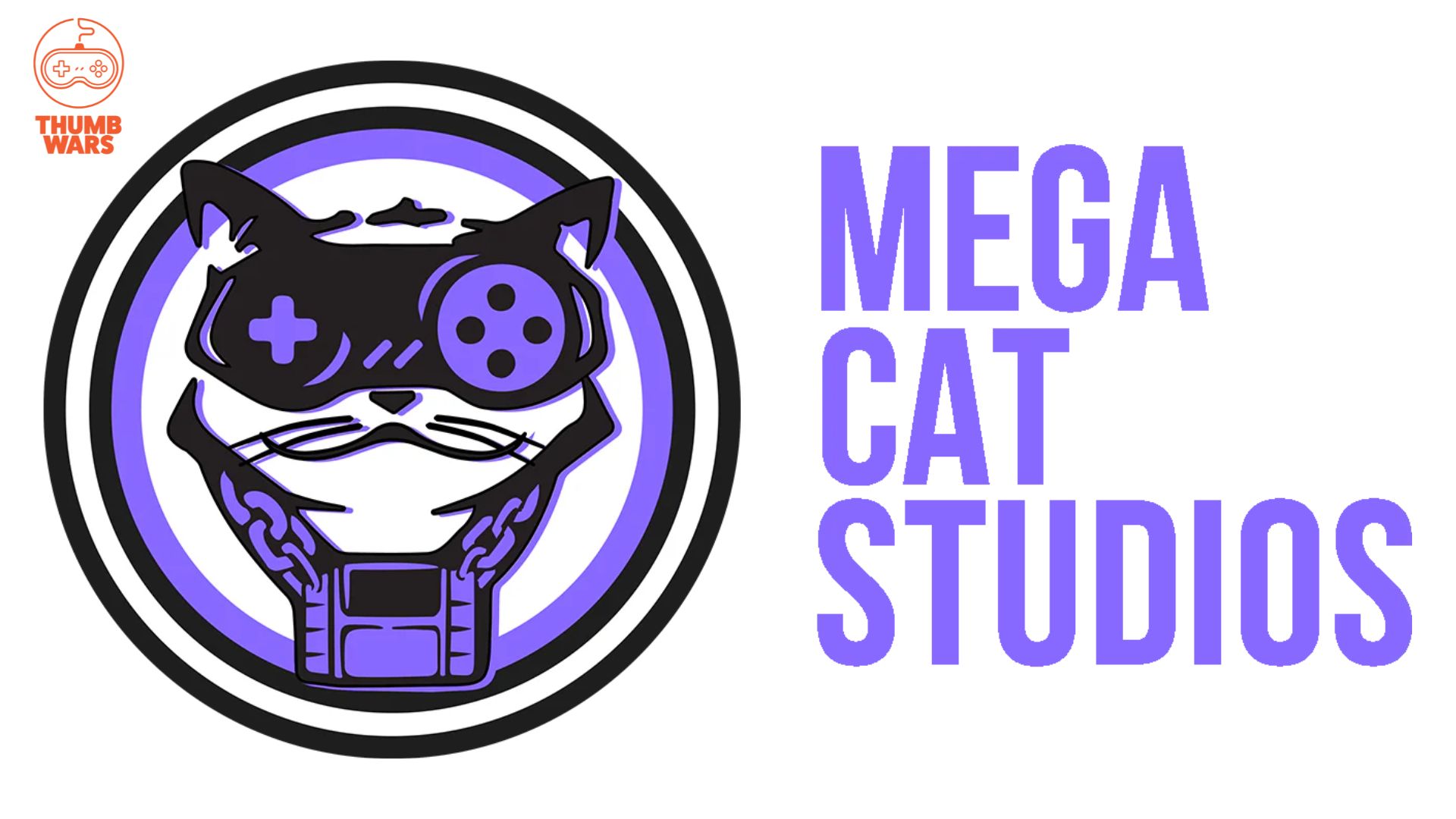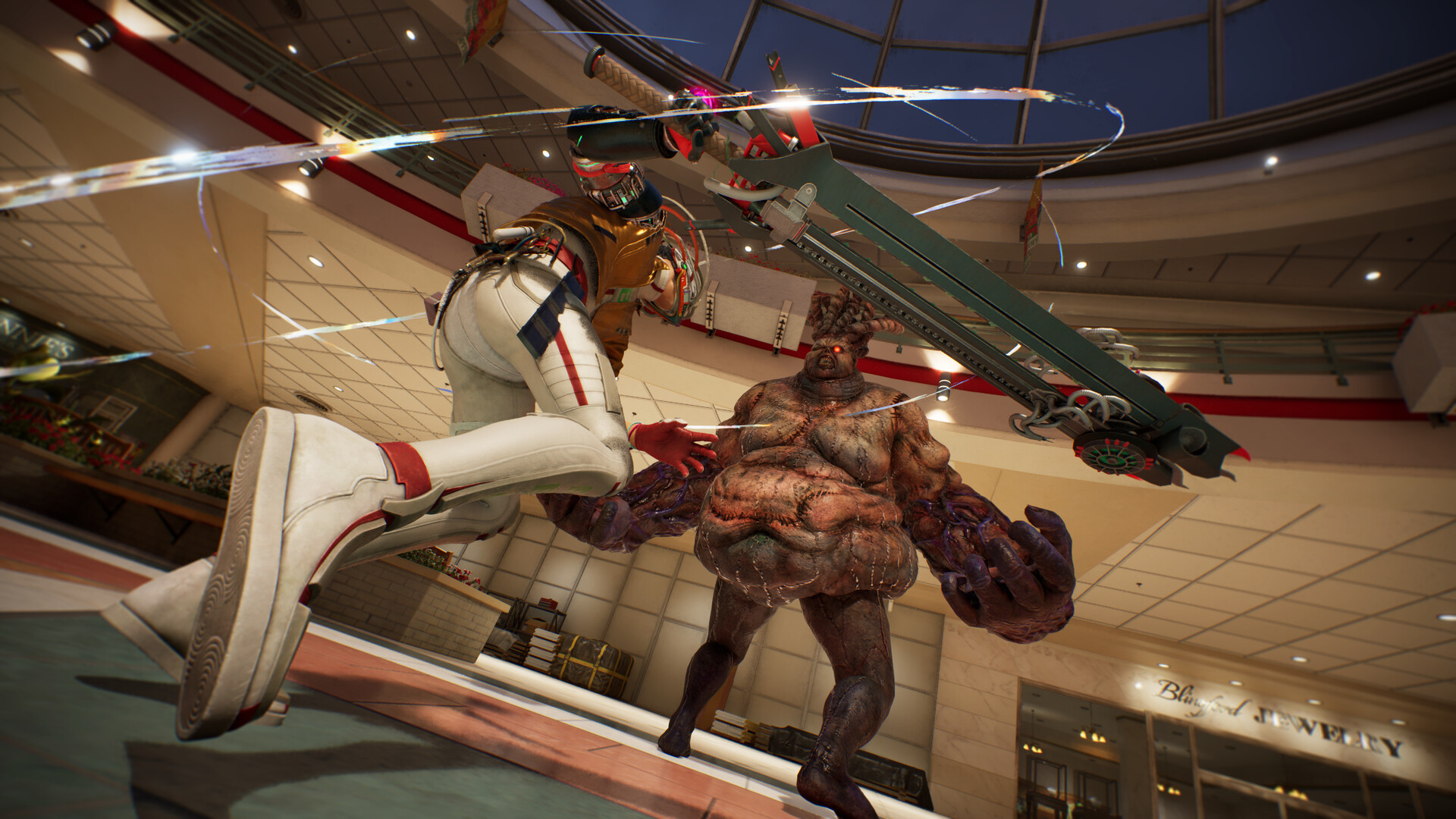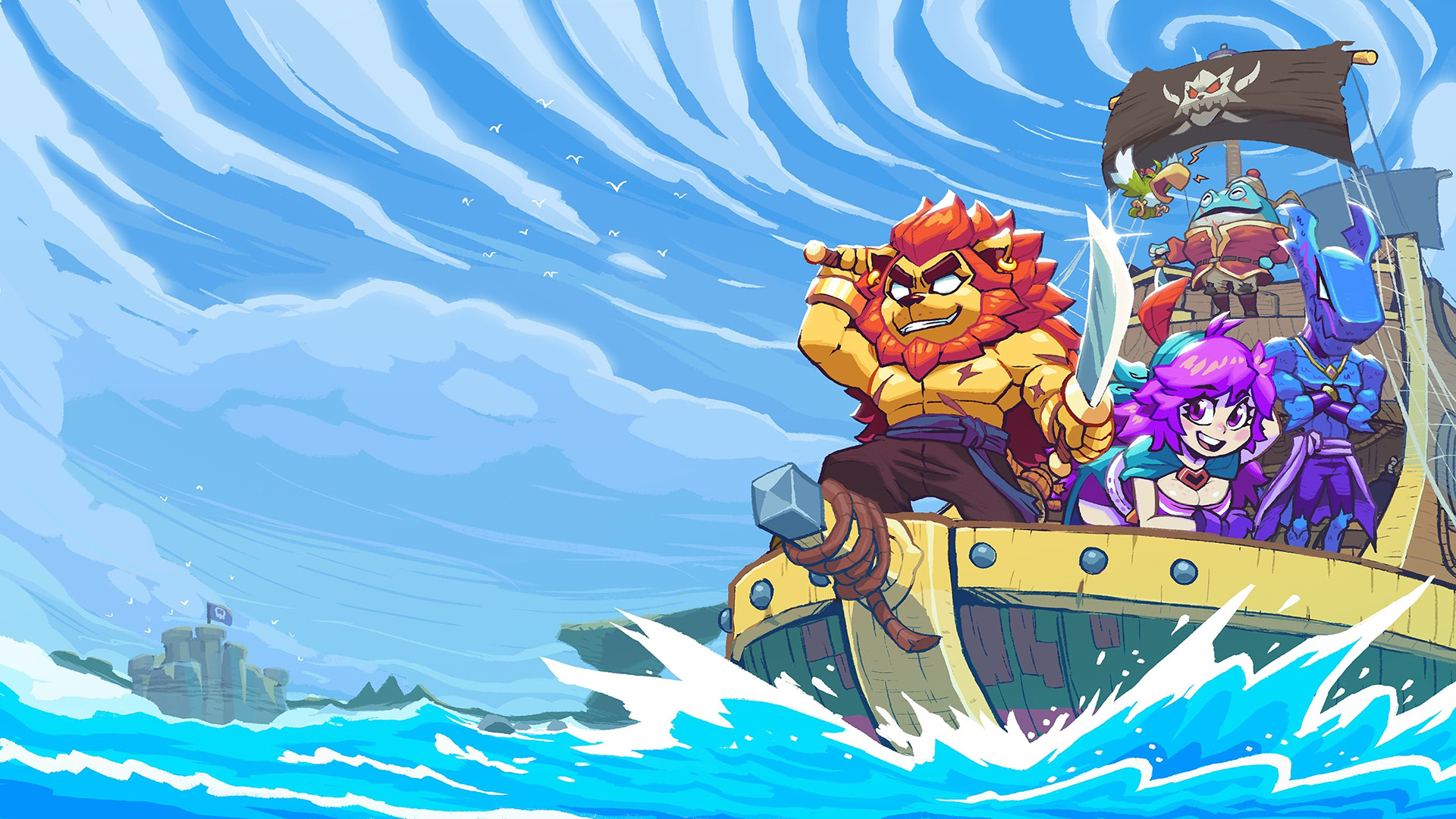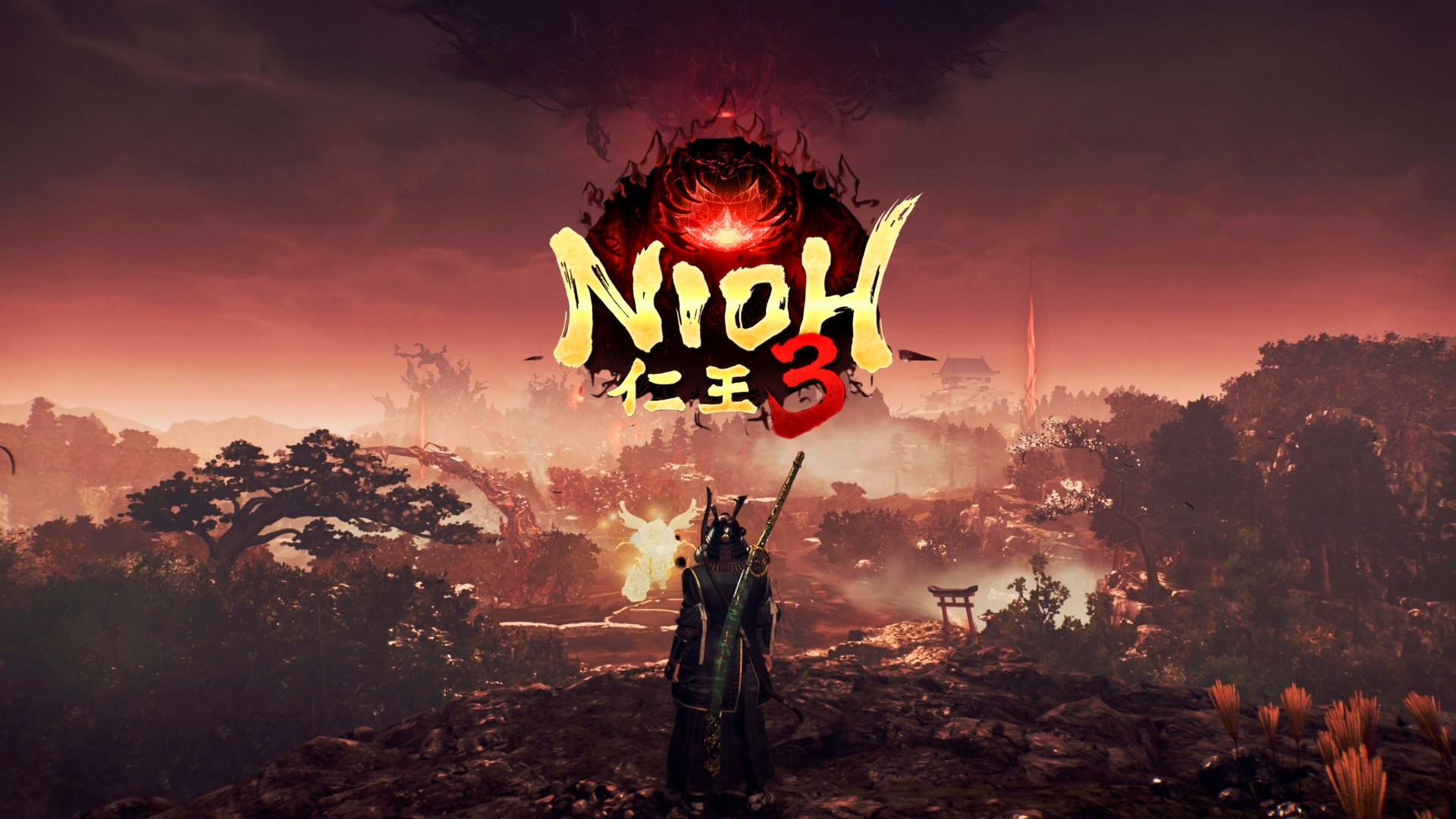Last Updated on Oct 31, 2025 @ 10:10:25 AM.
There’s no better feeling than when we look at the past and feel refreshed. We call this feeling nostalgia. When it comes to video games, retro games are the ones giving us this bittersweet emotion. Though everyone has enjoyed retro gaming, it is becoming more relevant nowadays when more and more AAA games are launching broken and unplayable, and the indie and retro scene isn’t wasting any time in taking over. And that is what makes retro games more relevant today. More than ever, they are fun.
The graphics have advanced to the next level in games today, but fun is lagging behind in many of them. Add those microtransactions in a game, and most of the video games have become a means to capitalize on corporations, which once cared about users having fun while playing a game.
For that matter, we sat down with James Deighan, founder of Mega Cat Studios, to pick his mind on why retro gaming is more relevant today. Mega Cat has published games, including the Backyard Sports series, Coffee Crisis, Five Nights at Freddy’s: Into the Pit, and more, and is currently working on another Backyard Sports title.
Hello James, so let’s begin with a brief introduction. Tell the readers a bit about yourself and Mega Cat Studios.
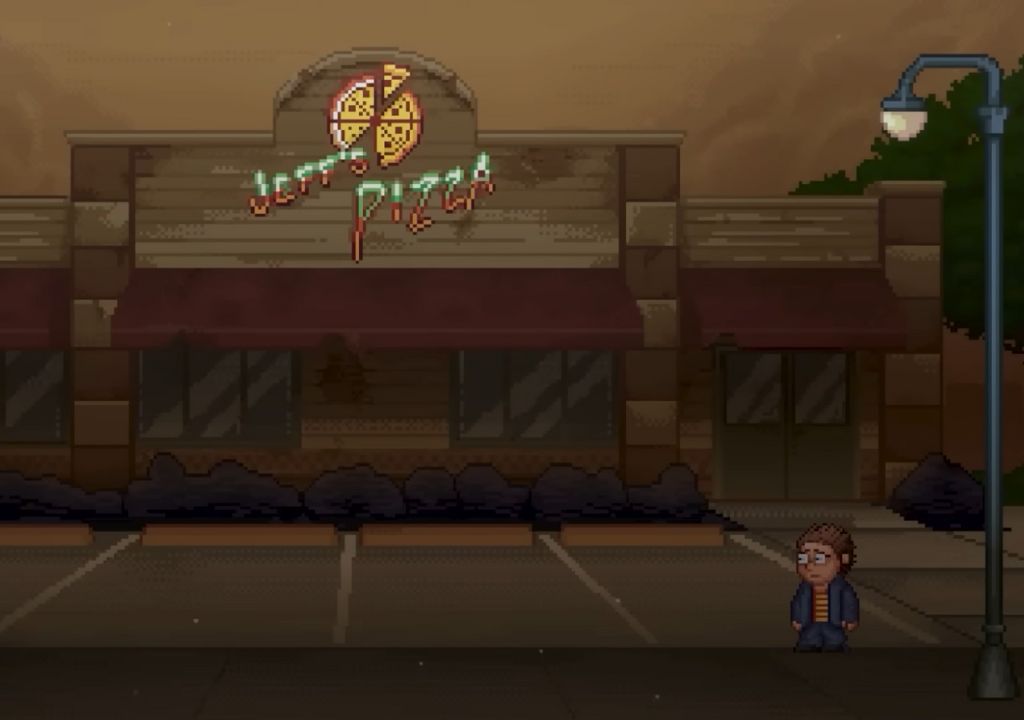
I’ve always been passionate about games, not just as entertainment, but as a cultural language that connects people across generations. At Mega Cat Studios, our mission has been to celebrate that shared history of gaming while pushing it forward. We started by making games for retro consoles, not as a gimmick, but because we truly love the tactile, nostalgic experience that older platforms offer. From there, we’ve expanded into modern platforms, always carrying that same respect for craft and community.
What exactly is it that makes you stand out from the others in gaming? What does Mega Cat do differently?
I think what sets us apart is authenticity. We don’t approach retro aesthetics as a trend. We live and breathe it. Our team blends a genuine love of the classics with modern design sensibilities, which allows us to create experiences that feel fresh yet familiar. We also make a conscious effort to involve communities in development. That collaborative, transparent approach keeps us grounded and ensures the games reflect the spirit of the people who play them.
Tell us about your inspiration behind entering gaming and building Mega Cat Studios.
For me, it was a combination of nostalgia and curiosity. Growing up, games were magical. A cartridge or a disc could transport you to entire worlds. I wanted to preserve that magic but also ask: What does it look like in today’s context? Founding Mega Cat Studios was about honoring the past while carving new creative paths forward.
Okay, now that we are done with the intro, I want to ask you about the current state of gaming. What do you think is currently the issue with the gaming industry and its practices?
There’s incredible talent and creativity in our industry, but it’s no secret that monetization has become a dominant focus. Too often, we see design decisions shaped more by revenue models than by fun, storytelling, or innovation. The challenge is recentering games on their core purpose: to delight, challenge, and inspire.
Now that we are in a whirlwind of microtransactions and companies focusing more on monetization than fun, do you think retro games can bring back the good ol days?
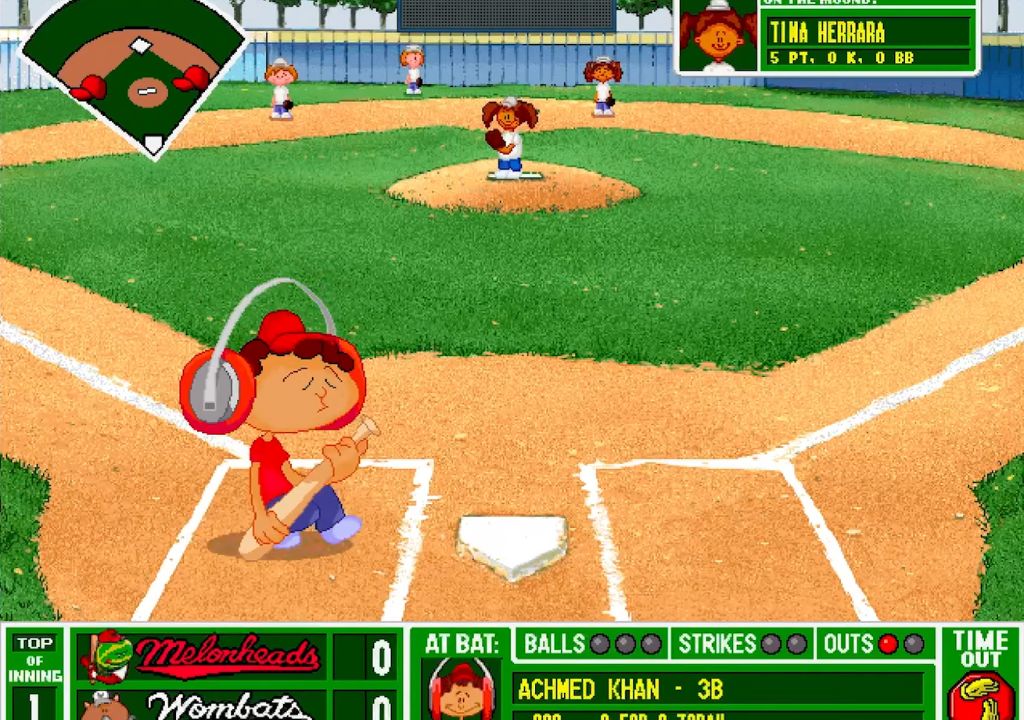
I think they already are. Retro-inspired games cut through the noise by emphasizing what people fell in love with in the first place: gameplay, creativity, and character. They don’t need loot boxes or endless battle passes because they thrive on personality and fun.
Why exactly do retro games appeal to audiences so much? I mean, I am hooked whenever I see a video of a classic game popping up in my feed.
It’s partly nostalgia, but it’s also about clarity and charm. Retro games are approachable, accessible, and the rules are simple. The aesthetic of pixel art is iconic, and the fun is immediate. Whether you grew up with them or discovered them later, they carry an honesty that resonates across generations.
Do you think remakes will be better? And let me take an example of a famous survival horror game from 2005, Resident Evil 4. The original Resident Evil 4 is better than the remake. Can that work when we are talking about retro gaming?
It depends on intent. Some remakes elevate a classic with modern polish without losing its essence, while others miss the heart of the original. With retro games, the magic often lies in their limitations. The constraints that inspired creativity are part of the fun of developing them and playing them. Sometimes that spark is hard to replicate, and in those cases, the original remains timeless.
And what about a re-release? Is it a good time to rerelease those games?
Absolutely. Games deserve to be preserved and accessible. A re-release can reintroduce a whole new audience to experiences they might have missed. As long as it’s done respectfully, re-releases keep gaming history alive and relevant.
There are some games like Ninja Gaiden: Ragebound that are developed and released through a modern lens but with one eye on a more retro time. Do you think that’s resonating with audiences today?
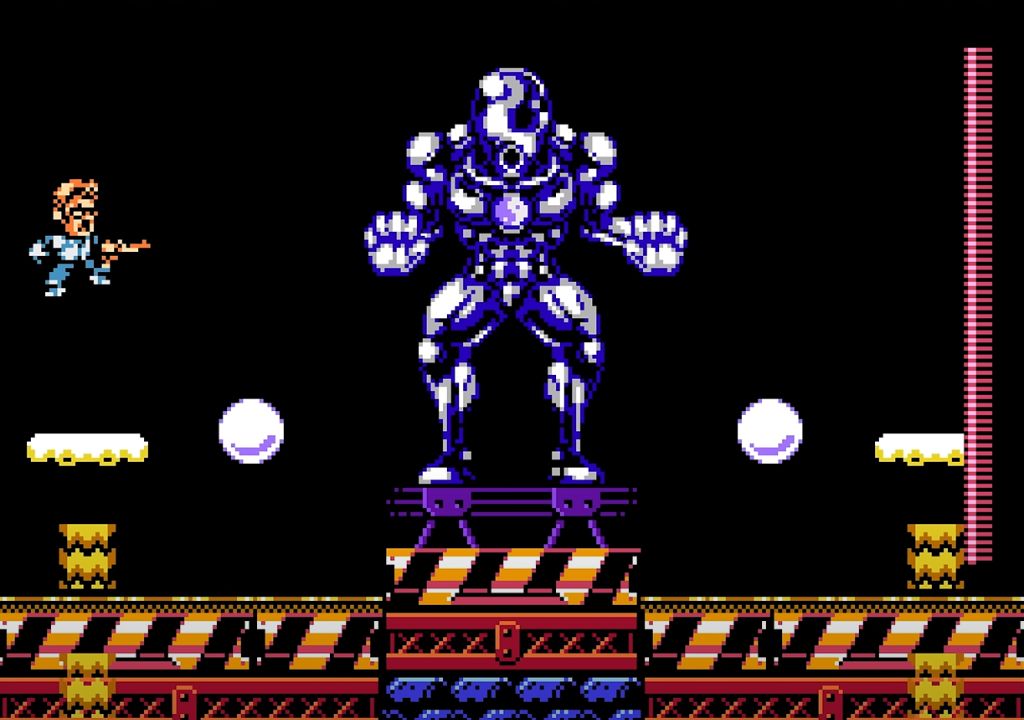
Yes, absolutely! It bridges two worlds where we have a retro aesthetic and modern design sensibilities. Modern design tools allow for smoother gameplay and broader accessibility, while retro inspiration taps into a timeless aesthetic. That combination feels both nostalgic and new, which resonates deeply with today’s diverse audience.
So, now we are approaching the end of this interview, James, tell me how you see Mega Cat Studios and the industry changing in the next five years?
For Mega Cat Studios, our vision is to continue building games that celebrate heritage while embracing innovation. For the industry, I think we’ll see more convergence where retro aesthetics collide with cutting-edge tech like VR, AR, and AI. At the same time, community-driven development will grow stronger, giving fans a bigger role in shaping the games they love.
If you have to suggest the best retro games with the best art styles to our readers, what would they be?
Games like Chrono Trigger, Earthbound, and Castlevania: Symphony of the Night are masterclasses in visual identity. They prove that strong art direction can transcend technical limits
And lastly, what are YOUR personal favourites?
It’s hard to pick, but I’ll always have a soft spot for Super Mario Bros. 3, Backyard Baseball 97, Mega Man 2, Contra, and Street Fighter II. They shaped not only my taste in games but also my philosophy as a developer: gameplay first, character always, and fun above all.
For more from us, see what one mechanic Insomniac needs to work on for Wolverine, or check out our Rise of Piracy interview.

Marcus Griggs is a Writer at Thumb Wars, zeroed in on video games, but will also throw himself into anything in association with anime and cinema. As with his favorite video games, give him anything with a linear story, be it Call of Duty or Braid, and he will be happy. He thinks of stories as food and wants to feed his readers something nutritious, food for thought.

